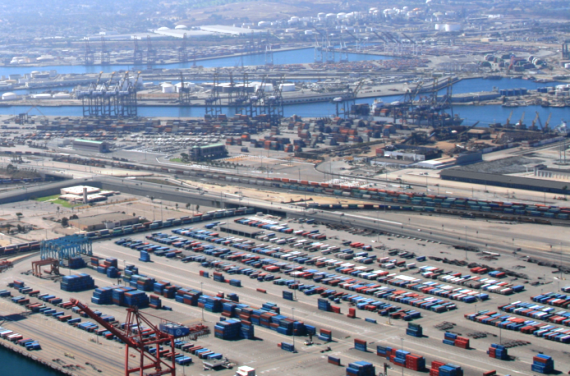-
Volumes at US ports are expected to remain high before returning to normal growth rates later in the year
-
The Omicron variant “is a wild card that could not only impact the supply chain workforce but once again drive more imports if consumers stay home”
-
Congestion at US ports has also not significantly improved
Rates for shipping containers from east Asia and China to both US west and east coasts are on the rise again as US consumers’ demand for goods shows no signs of easing, according to a new report.
Global markets intelligence provider Independent Commodity Intelligence Services (ICIS) in a recent report noted that US trade group National Retail Federation’s (NRF) latest monthly global port tracker shows volumes at the nation’s ports will remain high before returning to normal growth rates later in the year.
NRF said supply chain challenges will continue even with the exit of the holiday season because while the huge increases in imports seen have leveled out, volume is still at high levels.
Moreover, the Omicron variant “is a wild card that could not only impact the supply chain workforce but once again drive more imports if consumers stay home and spend their money on retail goods rather than going out,” the federation said.
Congestion at US ports has also not significantly improved. ICIS said 101 container ships were recorded to be backed up at the ports of Los Angeles and Long Beach in mid-January.
Container shipping expert Lars Jensen agreed that congestion in North America has worsened significantly recently, saying that data as of January 14 showed a sharp deterioration in the ports’ situation.
“Looking at the status since they started providing these updates in November 2020 the situation in N. America is now much worse than at any point during these past 14 months,” he said in a social media post.
Meanwhile port authorities at Los Angeles and Long Beach said the consideration of the “container dwell fee” at both key gateways will be delayed until January 21. They added that the two ports have seen a combined decline of 55% in aging cargo on the docks since the program was announced on October 25.
Fee implementation has been postponed by both ports since the start of the program, which seeks to charge ocean carriers for each long-dwelling import container. Currently, no date has been set to start the count with respect to container dwell time.
Photo by John Murphy





